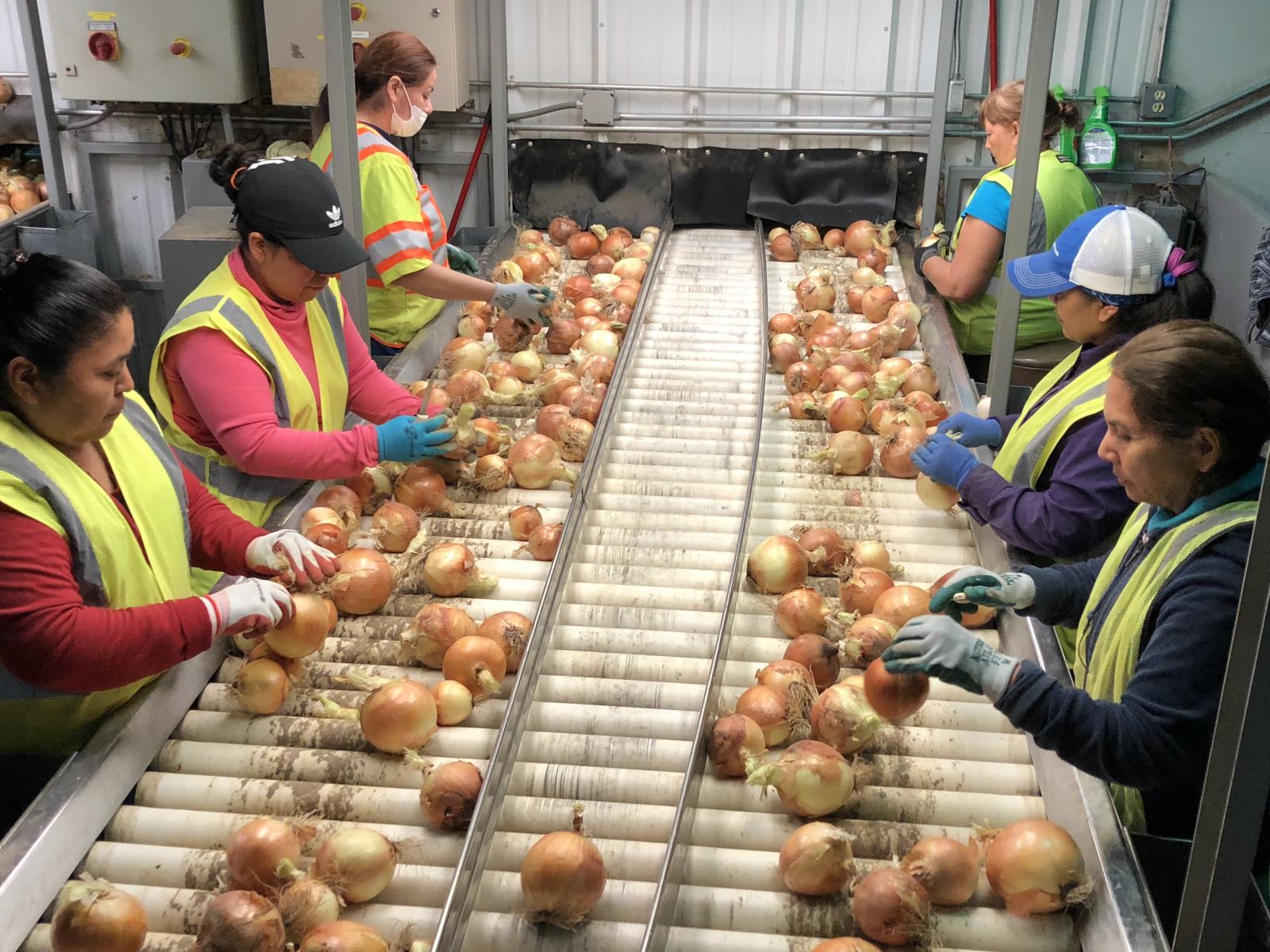Idaho's 2018 net farm income higher than expected

By Sean Ellis
Idaho Farm Bureau Federation
POCATELLO – Idaho’s total net farm income in 2018 was much higher than anticipated, recently released USDA data shows.
The annual “Financial Condition of Idaho Agriculture” report released in January by University of Idaho agricultural economists estimated Idaho’s total net farm income in 2018 at $902 million, which would have been a 31 percent decline compared with the state’s $1.31 billion total in 2017.
However, based on data released Aug. 30 by USDA’s Economic Research Service, Idaho’s total net farm income in 2018 was $1.69 billion, up 29 percent from 2017.
Report authors Garth Taylor and Ben Eborn said they are glad their net farm income estimate was off this year.
“That was a good thing since it means Idaho farmers actually made more money than we originally anticipated,” said Taylor.
He said the NFI estimates are made using USDA estimates for cost of production that are released in December. This year, however, those cost of production estimates were significantly revised, which accounted for Idaho’s much higher than expected net farm income.
“It was the cost of production change that caused our estimate to be that far off,” Taylor said.
According to the USDA data, farm cash receipts in Idaho totaled $7.39 billion in 2018, up slightly from $7.33 billion in 2017 and $7.23 billion in 2016.
Eborn and Taylor had estimated total Idaho farm cash receipts in 2018 at $7.18 billion in their Financial Condition of Idaho Agriculture report. They only missed that estimate by 2.9 percent, which is remarkable given that the official USDA data is released eight months after U of I’s Financial Condition of Idaho Agriculture report is finalized.
Estimating net farm income is a much harder job because USDA’s cost of production estimate, which is the only thing the U of I agricultural economists have to go off of, is typically revised later, sometimes significantly, as it was this year.
The USDA data showed that Idaho farm expenses, including farm origin (feed, livestock and seed purchases), manufactured inputs (electricity, fertilizer, pesticides, fuel) and other expenses such as marketing, storage, repair and transportation, totaled $4.43 billion last year, down from $4.58 billion in 2017.
When other expenses such as labor, payments to stakeholders, property taxes and fees, and capital consumption are factored in, Idaho’s total net farm income in 2018 is set at $1.69 billion.
That’s 29 percent higher than the 2017 total of $1.31 billion but 6 percent less than the 2016 total of $1.8 billion and 25 percent less than the state’s record total of $2.25 billion in 2011.
Idaho’s total net farm income had declined for four straight years – from $2.03 billion in 2013 to $2.02 billion in 2014, $1.89 billion in 2015, $1.8 billion in 2016 and $1.3 billion in 2017 – before heading the other direction in 2018.
Still can't find what you are looking for? Find by topic:
- County Presidents & Board Information
- County Resource Page
- Delegate Form
- Discount Programs
- Discussion Meet
- Discussion Meet - High School
- Education Programs
- Events
- Excellence Award (YF&R)
- Expense Voucher
- Flickr
- Gem State Producer
- High School Discussion Meet
- High School Speech Contest
- Hope in Idaho Ag
- House of Delegates Credentials Form
- IFBF Board of Directors
- IFBF Staff
- Insurance
- Issue Advisory
- Legislative Action Program
- Legislative Issues
- Library
- MAC Trailer
- Magazines
- Map My Benefits
- Member Benefits
- Member Discount
- Membership Application
- Mental Health Resources
- Mission Statement
- Moving Agriculture to the Classroom
- Newsletter Sign up
- News Releases
- News Room
- Open Range Law
- Photo Contest
Thank You to Our Partners









